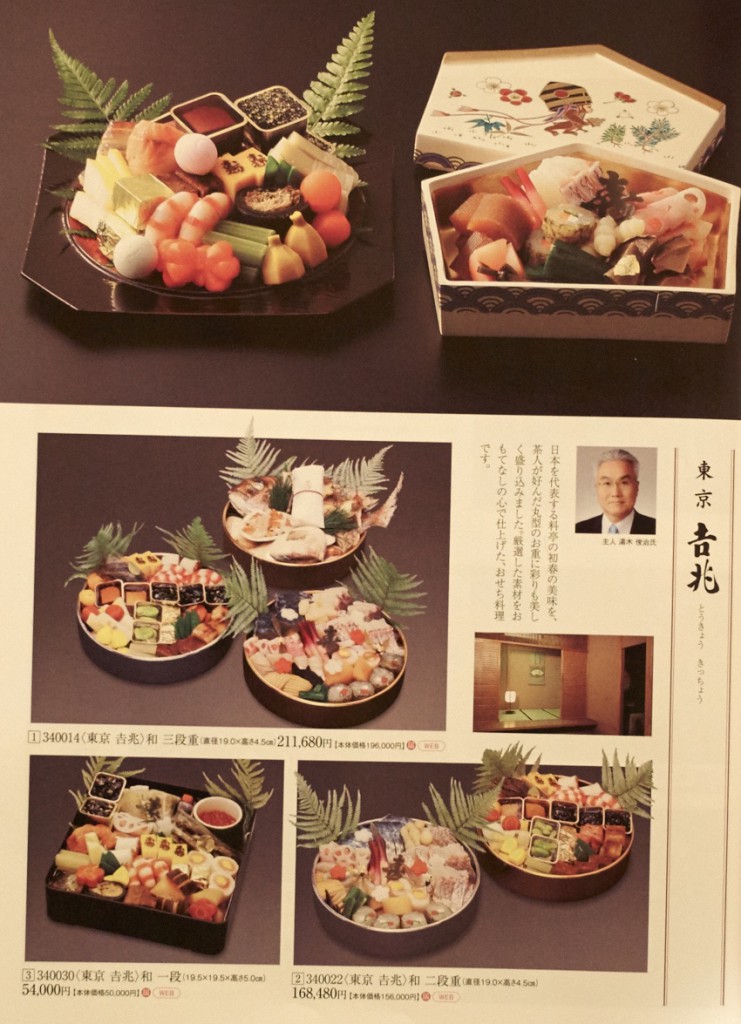The turn oft the year is one of the most important holidays for families in Japan – like Christmas in Europe people go home and celebrate the turn of the years with their families. It is the time to reflect on the past year and for a fresh start into the new one. Debts are paid off and arguments are settled before the old year ends. The house gets a good clean and osechi ryori dishes are prepared before the year ends.
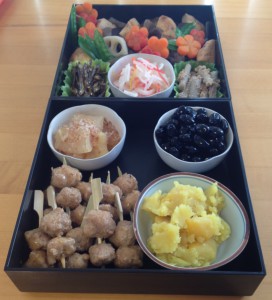
Osechi ryori (often shortened to ‘osechi’) is a subset of Japanese cuisine. An assortment of traditional dishes – each of which has a symbolic character – are served on Oshogatsu (New Year’s). As historically New Year’s day was not the time for cooking, osechi are made ahead of time, kept and eaten at room temperature. The dishes are therefore typically prepared based on ancient methods of preserving food, like curing with salt or vinegar and simmering in sweetened soy. Some of the traditional dishes are:
Tataki Gobo (pounded Burdock with sesame):
Gobo, or Burdock is a long root vegetable that symbolizes a long and stable life. When splitting the ends of gobo, like you do in this dish, it is believed that the good fortune is multiplied.
Tazukuri (candied sardines):
With the large number of tiny fish Tazukuri symbolizes a bountiful harvest as they were once used as fertilizer. Combining tiny dried sardines with a sweet coating might seem extraordinary, but they are utterly delicious.
Kohaku Namasu (red and white salad):
Typically made from daikon and carrot, this is a recurring color combination in osechi dishes, as red and white stands for happiness and celebration in Japan.
Kurikinton (creamy sweet potatoes with chestnuts):
This is a sweet, bright yellow (golden) dish that is included in the jubako to symbolize wealth and financial success.
Kurumamé (Sweet Black Soy Beans):
Those black soy beans are simmered in thick syrup – and sometimes patiently served as a couple on tiny skewers. It’s thought to have medicinal values and is a symbol of good health.
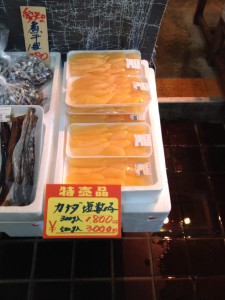
Kazunoko (herring roe):
The roe is being cured in a light soy sauce and dashi and symbolize fertility because of the many tiny eggs.
Kohaku Kamaboko (Red and white Celebration Fish Sausage):
Rarely homemade but store-bought, Kohaku kamaboko, like Kohaku Namasu it is a traditional dish representing happiness and celebration.
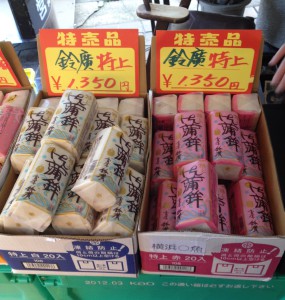
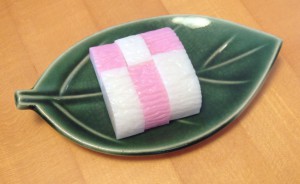
Daté Maki Tamago (Omlet with Fish):
The golden dish symbolizes a wish for sunny days ahead. For some people it symbolizes knowledge because the rolled shape looks like a scroll. Like Kohaku Kamaboko it is nowadays rarely made at home, as a special omelet pan is necessary that is made of copper and not the everyday Teflon omelet pans.
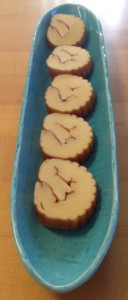
On New Year’s day the osechi dishes are then carefully arranged in a two to three layered lacquer box, called jubako. Today ready made osechi boxes can be ordered ahead of time at ordinary supermarkets, depachikas (basement food area in Japanese department stores that carry a wide range of Japanese and international delicatessen) or restaurants. The number of zeros in the catalogue are not a mistake – prices for osechi boxes are usually a couple hundred Euros and can go up to several thousand – depending obviously on the number of persons and the prestige of the chef or producer.
